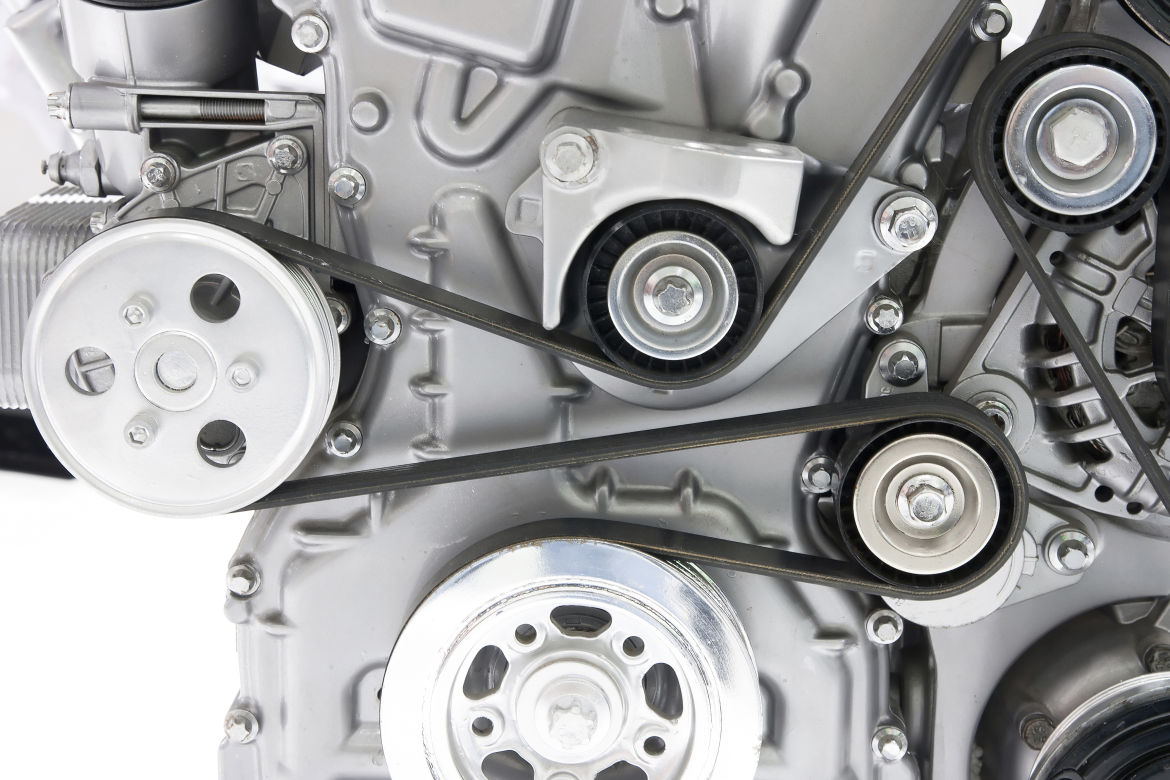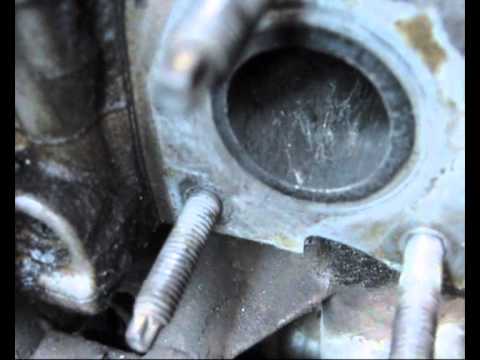
How to troubleshoot a car that has extra bounce or wobble
Bouncing or rocking while driving can be caused by faulty struts, shock absorbers, or worn tires. Check and inflate car tires to start diagnosing.
If not intentionally actuated by hydraulics, a bouncing car while driving can be stressful and annoying. It is important to remember that the term "peppy" is very broad and can be used to describe a wide variety of symptoms. We will give you the best terminology on various topics and try to give you a better understanding of suspension components. Here we will tell you about some of the most common problems and what can be done to solve them.
Struts and shock absorbers are usually the first to be blamed when it comes to a bouncy ride, although rebound can actually be caused by an out-of-round tire, a damaged rim, or an unbalanced tire, just to name a few.
Another fact to keep in mind is that steering and suspension are very closely related and can be mistaken for one or the other. Other words used to describe bounce are "shimmy", "vibration" and "shaking". As a quick reminder, there are many different suspension designs and some of these tips may or may not apply to your vehicle. Although they have common features that make diagnosis a little easier.
Part 1 of 2: Common Signs That Something Is Wrong
Symptom 1: Gradual increase in steering shaking. The steering wheel is connected to its linkage, which is then connected to the suspension behind the steering mechanism.
This means that forces not compensated by the suspension can be transmitted through the steering wheel and felt there by the driver. These symptoms can often feel like the car is bouncing or rocking and lead you to believe that the suspension is not working well. These symptoms are most often related to your tires and rims.
When faced with these symptoms, pay attention to your tires and wheel hubs before you tackle your suspension. Check the tire pressure and make sure they are evenly inflated and at the correct PSI. You should also check that the tires are properly balanced, check for damage to the front end, check for proper wheel bearing operation, and check the axle for damage.
Symptom 2: audible noises. When you hear the suspension struggling to support the car, it's a good sign that something is broken and needs to be replaced. Here are some of the most common sounds and what these noises usually represent:
rumbling: This is usually a sign that something in the suspension has loosened or lost its structural ability. Make sure the knock you hear is coming from the suspension and not from the engine. This is one of the most difficult noises to identify, as it can be associated with any part and depends on engine vibration.
Creaking or grunting: Grunting, rattling or squealing may be a sign of a malfunctioning steering component. Since steering and suspension are closely related, check the steering gear, intermediate arm and connecting rod. At this stage, a complete check of the steering components should be carried out.
Clank, knock or knockA: These types of noise often come up when you're worried about the suspension. If you hear these sounds while driving over a bump or crack, it is likely that the shock absorber has lost its strength. This will allow the springs to potentially hit your car's chassis or other components around it. At this time, a full check of your shock absorbers and struts should be done to confirm that they need to be replaced.
Creak: If your car makes a rusty hinge sound when going over bumps and cracks, the suspension ball joints are most likely to blame. This usually means that you will need to replace the blocks involved. At this stage, all ball joints should be checked.
Sign 3: Increased attention to bumps and cracks in the road. Often drivers go from a comfortable smooth ride to a feel for every bump and crack in the road. This is a sign that the suspension is wearing out and more testing is needed. You should check your vehicle's ride height (see Part 2) and perform a visual inspection of all steering and suspension components.
Symptom 4: Bouncing or rocking when turning. If you're experiencing extra bounce or wobble when cornering, chances are your suspension has nothing to do with it. Most likely a failed or unlubricated wheel bearing. If they are in good condition, they can be filled with grease or may need to be replaced. At this time, a proper inspection of the wheel bearings should be carried out.
Symptom 5: "Nose diving" during sudden or sudden stop.. "Nose diving" refers to the reaction of the front or nose of your vehicle during a sudden stop. If the front of your car "dives" or moves noticeably towards the ground, the front shock absorbers and struts are not working properly. At this time, a complete visual inspection of the suspension components should be carried out.
There may be several other signs associated with a car bouncing that could be attributed to the need for repairs. If you are still not sure if you have a problem, try some of these diagnostic methods.
Part 2 of 2: Diagnostic Methods
Step 1: Measure Ride Height. Measure the height from the ground to the wheel arches of the tire. A side to side difference of more than 1/2 inch between the sides indicates a weak shock absorber or other suspension problem. A ride height that deviates more than an inch is a major concern. This is of course determined when all tires are at the same pressure and have the same mileage. Uneven tread depth or unevenly inflated tires will skew these results.
Step 2: Failure test. Press each corner of the tire down and make it bounce, if it spins more than twice, this is a sign that the shock absorbers are worn out. This is a very promising test that requires an incredible amount of judgment. If you've never done a rebound test before, this can be difficult to determine.
Step 3: Visual Inspection. Perform a visual inspection of the uprights, supports, retaining bolts, rubber boots, and bushings. Bolts and towers must be tight and strong. Rubber boots and bushings must be filled and undamaged. Cracks and leaks are a sign that they are out of order and need to be replaced.
Also make a visual inspection of the steering components. Look at the column, steering gear, intermediate arm, bipod and other components if any. Everything should be tight, even and clean.
Step 4: Inspect the tie rods. Visually inspect the tie rods. Make sure they are tight, straight and in good condition. Visually inspect the anthers for cracks and grease leaks. Unlubricated or damaged tie rods are a major cause for concern. They play an important role in steering and are another component that can cause the steering wheel to vibrate when driving over bumps.
Step 5: Tire Check. Make sure your tires are in good condition. An old and stiff tire will transfer all the load to the suspension and the rider. An unbalanced tire can cause excessive bouncing, especially at high speeds. An improperly inflated tire or tires that are unevenly inflated on each side can cause rebound differently. Tires should never be underestimated when it comes to ride comfort.
Unfortunately for those experiencing the extra bounce, the list of possible causes can be long. When trying to diagnose these problems, use the elimination process to help you. Pay special attention to specific symptoms associated with your vehicle. For further assistance, contact a certified technician, such as one from AvtoTachki, to diagnose your rebound or sway for you.

